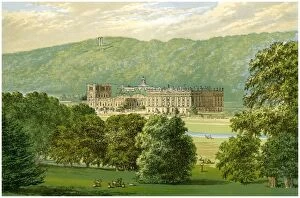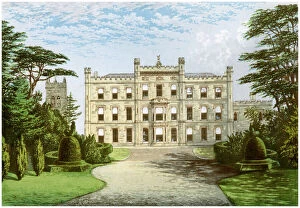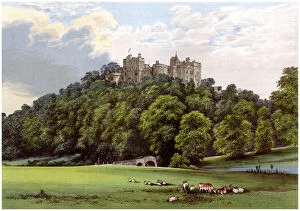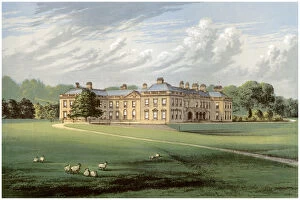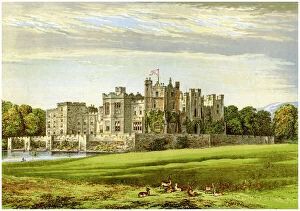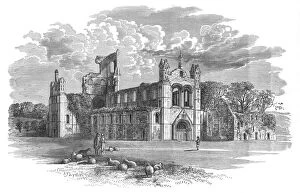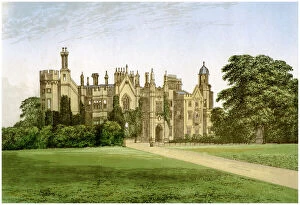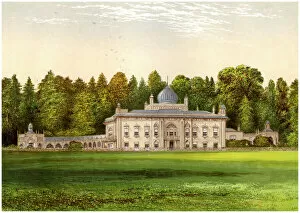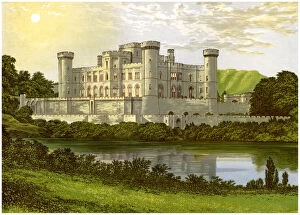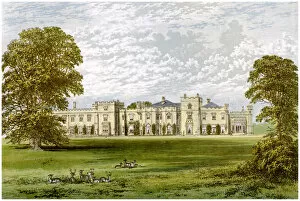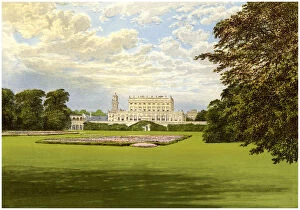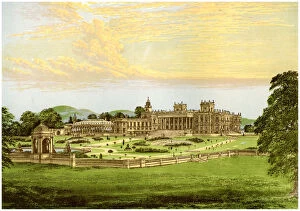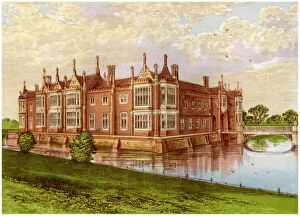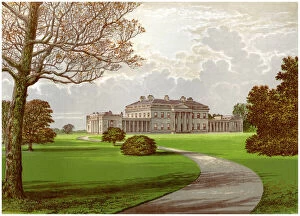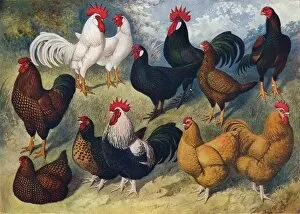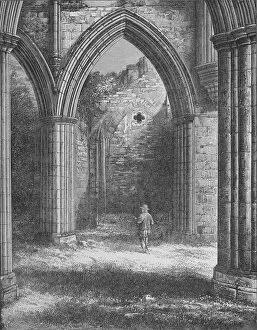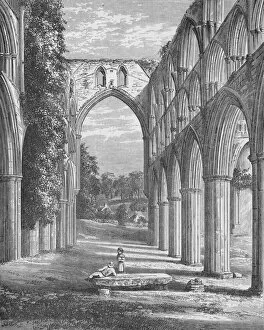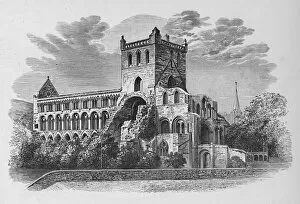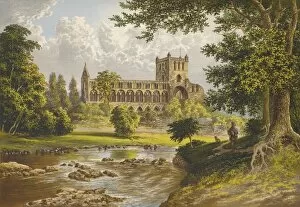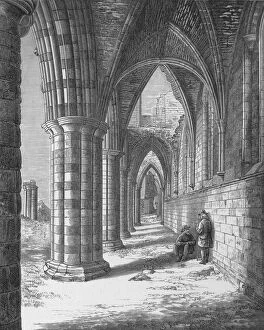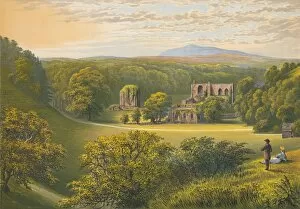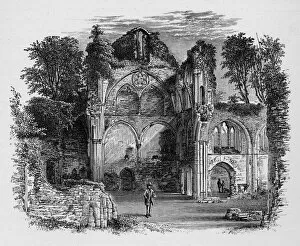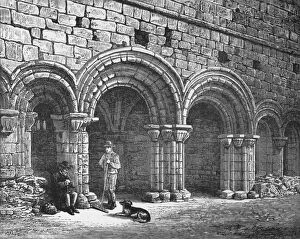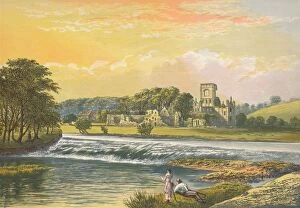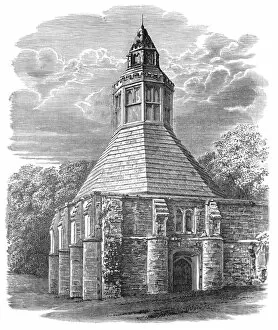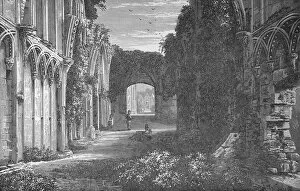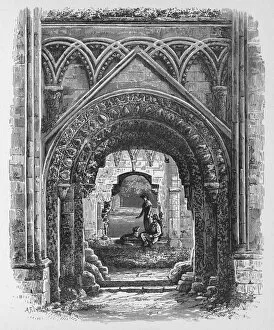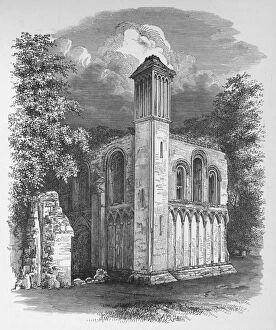Alexander Francis Lydon Collection
Alexander Francis Lydon was a talented artist who captured the grandeur and beauty of some of England's most magnificent estates in the late 19th century
For sale as Licensed Images
Choose your image, Select your licence and Download the media
Alexander Francis Lydon was a talented artist who captured the grandeur and beauty of some of England's most magnificent estates in the late 19th century. His detailed illustrations transport us back to a time when these stately homes were at the height of their splendor. In Chatsworth House, Derbyshire, we see the majestic residence of the Duke of Devonshire. The sprawling estate is adorned with lush gardens and opulent interiors that reflect its noble heritage. Dunster Castle, nestled in Somerset, stands proudly as home to the Fownes-Luttrell family. Its imposing structure overlooks picturesque landscapes, evoking a sense of history and nobility. Elvaston Castle in Derbyshire, belonging to the Earl of Harrington, exudes an aura of elegance and refinement. Its architectural marvels are complemented by meticulously manicured gardens that showcase nature's artistry. Raby Castle in County Durham serves as a testament to the grand lifestyle enjoyed by the Duke of Cleveland. With its fortified walls and regal towers, it commands attention from all who behold it. Kirkstall Abbey captivates our imagination through Lydon's brushstrokes from a north-west perspective. The abbey's ruins stand as silent witnesses to centuries gone by while retaining an ethereal beauty that transcends time. Danbury Palace in Essex served as a sanctuary for the Bishop of Rochester during this era. Its tranquil surroundings offer solace amidst bustling city life—a haven where spirituality meets architectural magnificence. Sezincote in Gloucestershire showcases Baronet Rushout's exotic tastes with its Indian-inspired architecture and enchanting gardens—an extraordinary fusion between East and West that mesmerizes visitors even today. Eastnor Castle reigns over Herefordshire as Earl Somers' cherished abode—a fairytale fortress surrounded by idyllic countryside vistas. It embodies both strength and grace within its stone walls.

